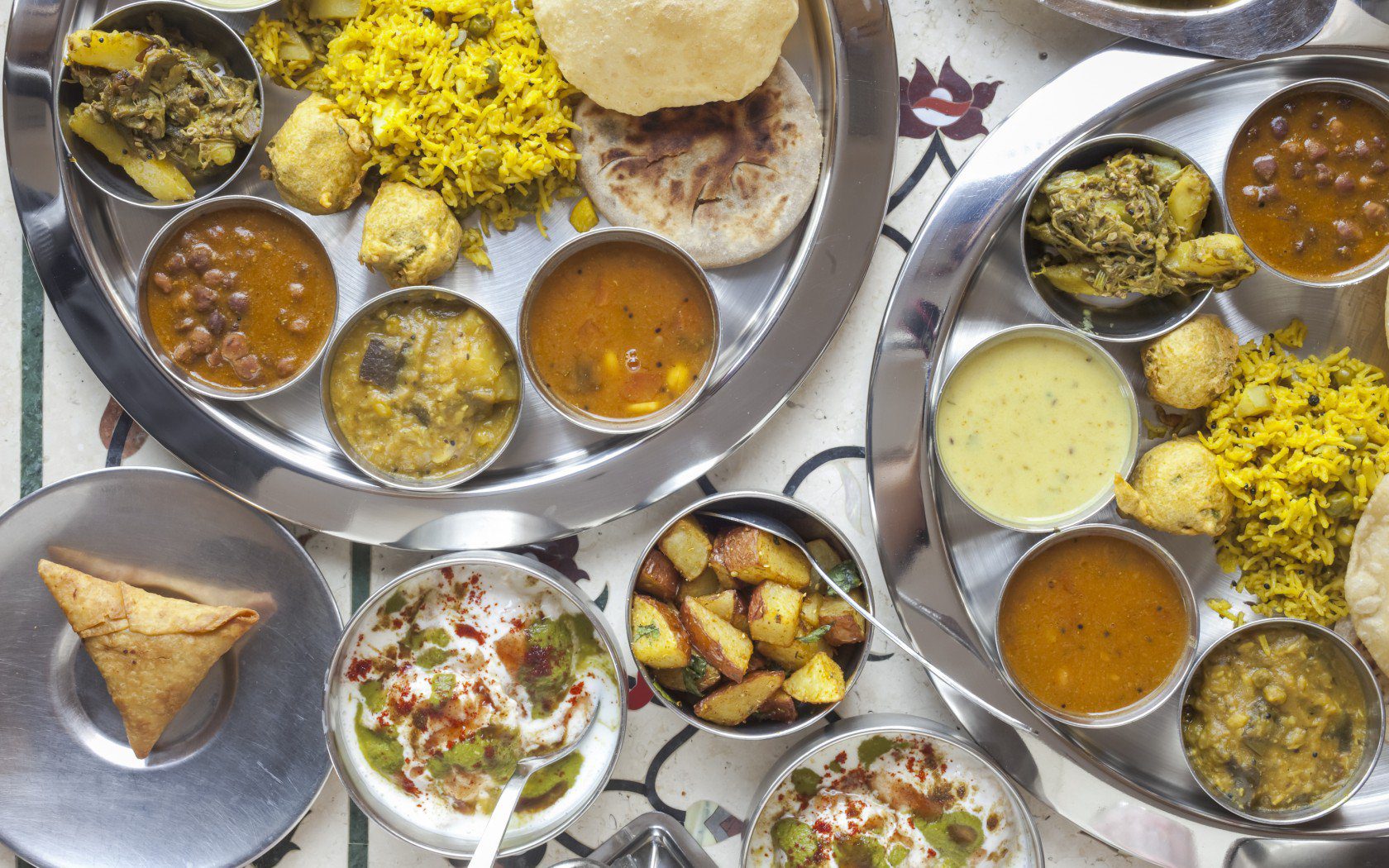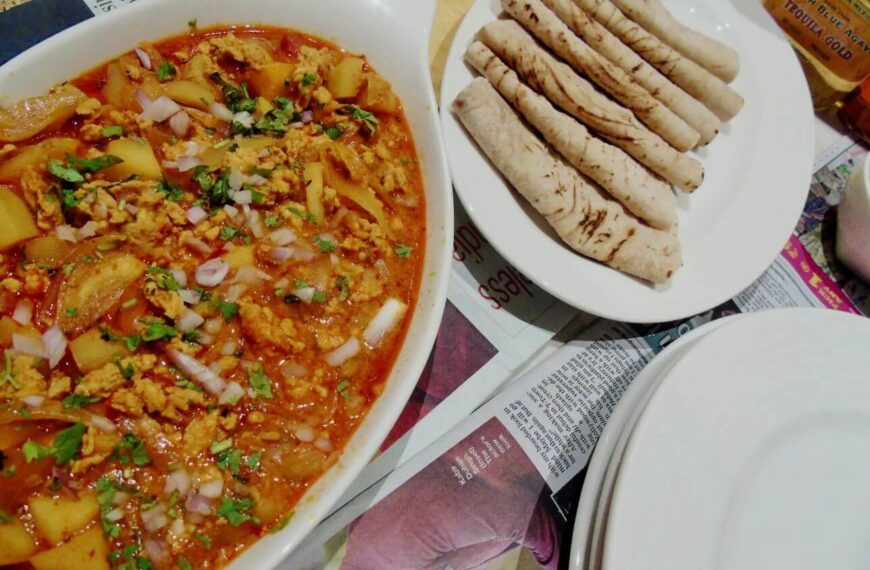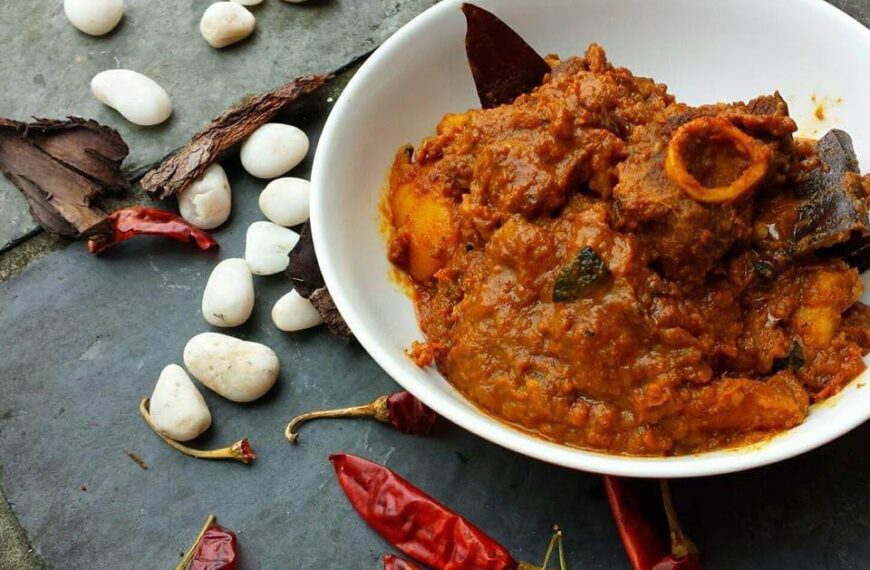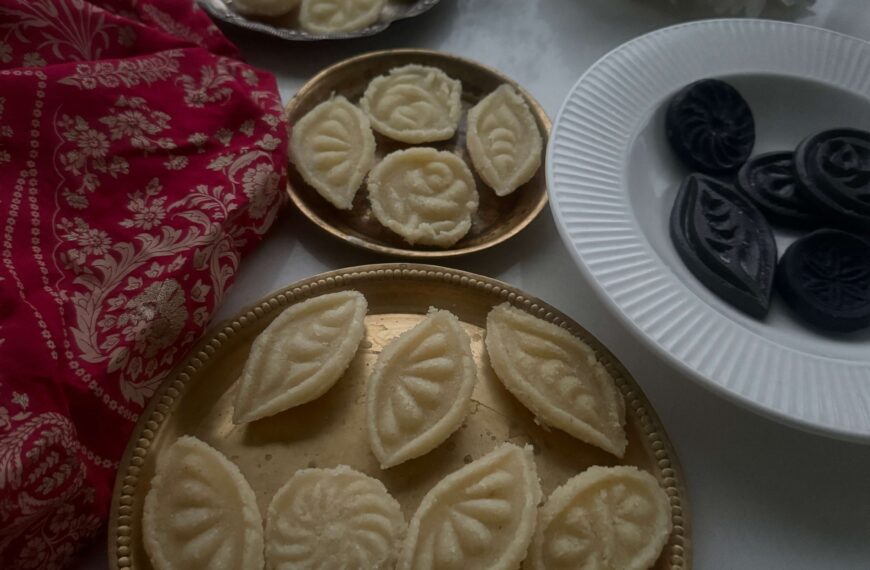Ruchira takes us on a trip to the world of gastronomy, telling us about food. A Different Truths exclusive.
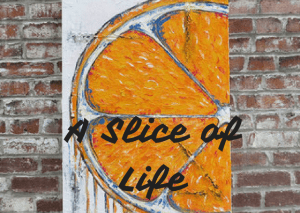 F-o-o-d, the four-letter word is music to human ears! From a basic requirement to sustain human life, food has indeed come a long way and is now a roaring, flourishing industry. It is a flamboyant world vibrating and pulsating with life. This world is in a state of flux – changing, adapting expanding and again returning to the original. And it beckons to one and all. Everyone is invited: young or old, male or female, rich or poor, educated or unschooled, each one has the right to be there.
F-o-o-d, the four-letter word is music to human ears! From a basic requirement to sustain human life, food has indeed come a long way and is now a roaring, flourishing industry. It is a flamboyant world vibrating and pulsating with life. This world is in a state of flux – changing, adapting expanding and again returning to the original. And it beckons to one and all. Everyone is invited: young or old, male or female, rich or poor, educated or unschooled, each one has the right to be there.
The spectrum of food is vast and unending, like myriads of stars in the sky.
The spectrum of food is vast and unending, like myriads of stars in the sky. It relates to numerous factors e.g., race, religion, geographical location, vegetation, climate, ethnic group, local culture, heritage and what have you!
While out in a park or garden, look around and you can spot food (read edible items) all around you. Consider the ubiquitous fruits e.g., guava, mulberry, papaya – a good range. Take the rose. Its petals processed in water yield gulab jal to add fragrance to your delectable dishes. Gulqand which embellishes your mithaa pan is nothing but rose petal marmalade. A Sunflower’s dried and de-husked seeds are a power house of nutrients.
… the phloem (inner trunk) of a banana tree makes an iron-rich curry if cooked with spices.
Is there a neem tree in your compound? Ask any Mashima (Bong aunt) to dish up neem begun (neem leaves stir fried with brinjal) for you. That is a tonic-cum-anti-oxidant rolled into one. The blossoms of Moringa (drumsticks) and  plantain/banana trees are extremely palatable and packed with nutrients. How many of you are aware that the phloem (inner trunk) of a banana tree makes an iron-rich curry if cooked with spices?
plantain/banana trees are extremely palatable and packed with nutrients. How many of you are aware that the phloem (inner trunk) of a banana tree makes an iron-rich curry if cooked with spices?
Even otherwise, several varieties of plants growing wild become edible with minimal cooking. I remember once when I was weeding the garden back home; my mother espied some plants I had uprooted. She examined them very carefully and proclaimed those were Notter shaak, a favourite in our community. I have heard of Kolmi shaak growing near ponds in rural Bengal as well as Dhenki shaak (growing near dhenki a rudimentary contraption to de-husk paddy, resembling a see-saw) but had no chance to sample these, till now. These greens make no-frills-no-fuss items. Simply sauté them in oil with a pinch of salt and turmeric and Voila! You have good side dishes.
Several varieties of plants growing wild become edible with minimal cooking.
Bengalis (no aspersions on other communities) are notorious for innovative and ingenuous food ideas. We don’t discard peeled skins of potatoes, bottle gourds (lauki), which are individually sautéd and consumed. Bits and pieces of all sorts of veggies are converted into simple yet lip-smacking labra when tempered with paanch phoran (five spices). Pumpkin is a commonplace, much consumed veggie, but pumpkin flower dipped in gram flour batter and deep fried tastes divine!
In my humble opinion where food is concerned, non-vegetarians are a privileged lot since they can enjoy the best of both worlds. On the subcontinent, egg, poultry, mutton/goat’s meat comprise the bulk of non-vegetarian fare as of now. Inhabitants of coastal areas, and areas close to perennial rivers feed on crabs and varieties of prawns. In bygone times, certain sections of the populace were wont to consume dear, peacock, pigeon, turtle, duck et al. These have since been largely discontinued owing to various reasons including ecological conservation.
Interestingly, Mizos in northeast include monkeys and dogs in their fare while Nagas eat “anything that moves.”
Interestingly, Mizos in northeast include monkeys and dogs in their fare while  Nagas eat “anything that moves.” In Bihar and Uttar Pradesh, there is a rat-eating community named Mushahars (mush=rat, ahar=food)
Nagas eat “anything that moves.” In Bihar and Uttar Pradesh, there is a rat-eating community named Mushahars (mush=rat, ahar=food)
Worldwide, the canvas is wider and more colourful, encompassing horses, camels, zebras, oysters, escargots (snails), frogs, reptiles and arthropods. Beef and pork also figure on the list (the latter being prohibited in Islamic nations though). A globetrotting friend of mine recently uploaded photographs on social media about relishing roasted grasshoppers in Mexico, while my doctor-cum-globetrotting cousin consumes anything and everything – from camels, to squids, to dried worms and their eggs! On a personal note, I broke barriers many times to consume beef and pork. However, I am still unable to turn adventurous and explore unknown animal worlds!
… my doctor-cum-globetrotting cousin consumes anything and everything – from camels, to squids, to dried worms and their eggs!
Talking of food, I am perpetually puzzled as to why many Indians choose to club onion and garlic with non-vegetarian foodstuff? One there is no blood shed, torture of neither any living creature nor any heart-wrenching cries of an animal being slain. The odour? I will wager you anything, radishes, boo shoots and sarson da saag (mustard greens) exude equally unpleasant odours. What of that? Educated but tradition bound folks are perhaps oblivious of the fact that both onion and garlic contain ample medicinal properties besides nutritional benefits!
All said and done, an entire lifetime is hardly enough if you want to explore every nook and corner of this wonderful realm of gastronomy and culinary art. One needs to treasure every moment, each experience, big and small. So what are you waiting for? Dig into what pleases you; have your fill. Bon Appétit!
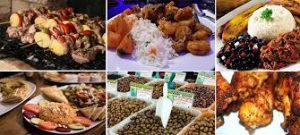
©Ruchira Adhikari Ghosh
Photos from the Internet

